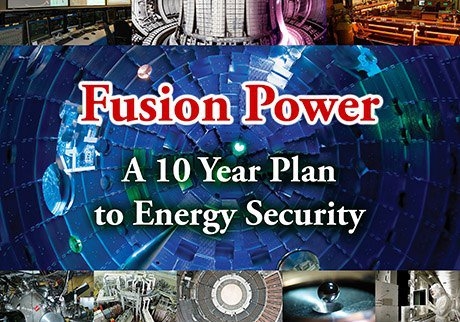
Fusion Energy Quest Faces Boundaries of Budget and Science
In an article by National Geographic, Tim Folger gives an in-depth discussion of the fusion process, its merits over fission energy, and discusses the current challenges fusion faces. While the NIF strives to reach the point of “ignition,” recent setbacks have resulted in budget cuts from the administration. The article also discusses the prospects of the ITER project, which is also facing budget cuts. From the article:
In fission, the energy comes from breaking the bonds of force that held the original heavy atom together; with fusion, the energy source is more esoteric—some of the mass from each of the two light nuclei is converted directly into energy when they fuse, in accordance with Einstein’s iconic law, E=mc2.
Both fission and fusion release tremendous amounts of energy. One pound of enriched uranium used in a conventional nuclear power plant contains about as much energy as a million gallons of gasoline. Fusion yields even more energy—about three to four times as much as fission reactions. And while fission reactions generate waste that remains radioactive for millennia, fusion’s byproducts become harmless within decades. Moreover, the world possesses a nearly infinite source of fusion fuel—the hydrogen atoms found in water.
To read the full article, click here.
To read ASP’s factsheet on the National Ignition Facility, click here.






